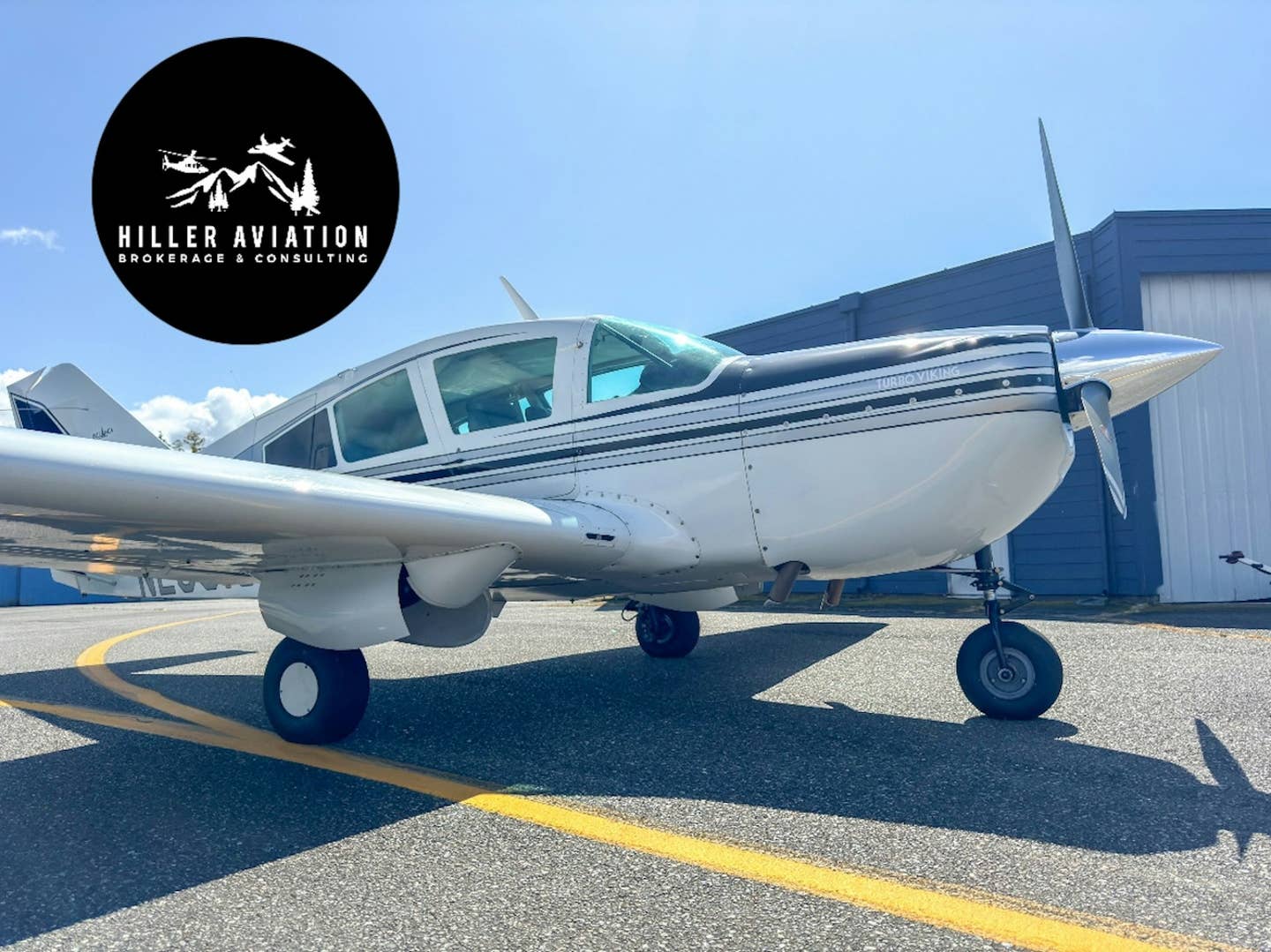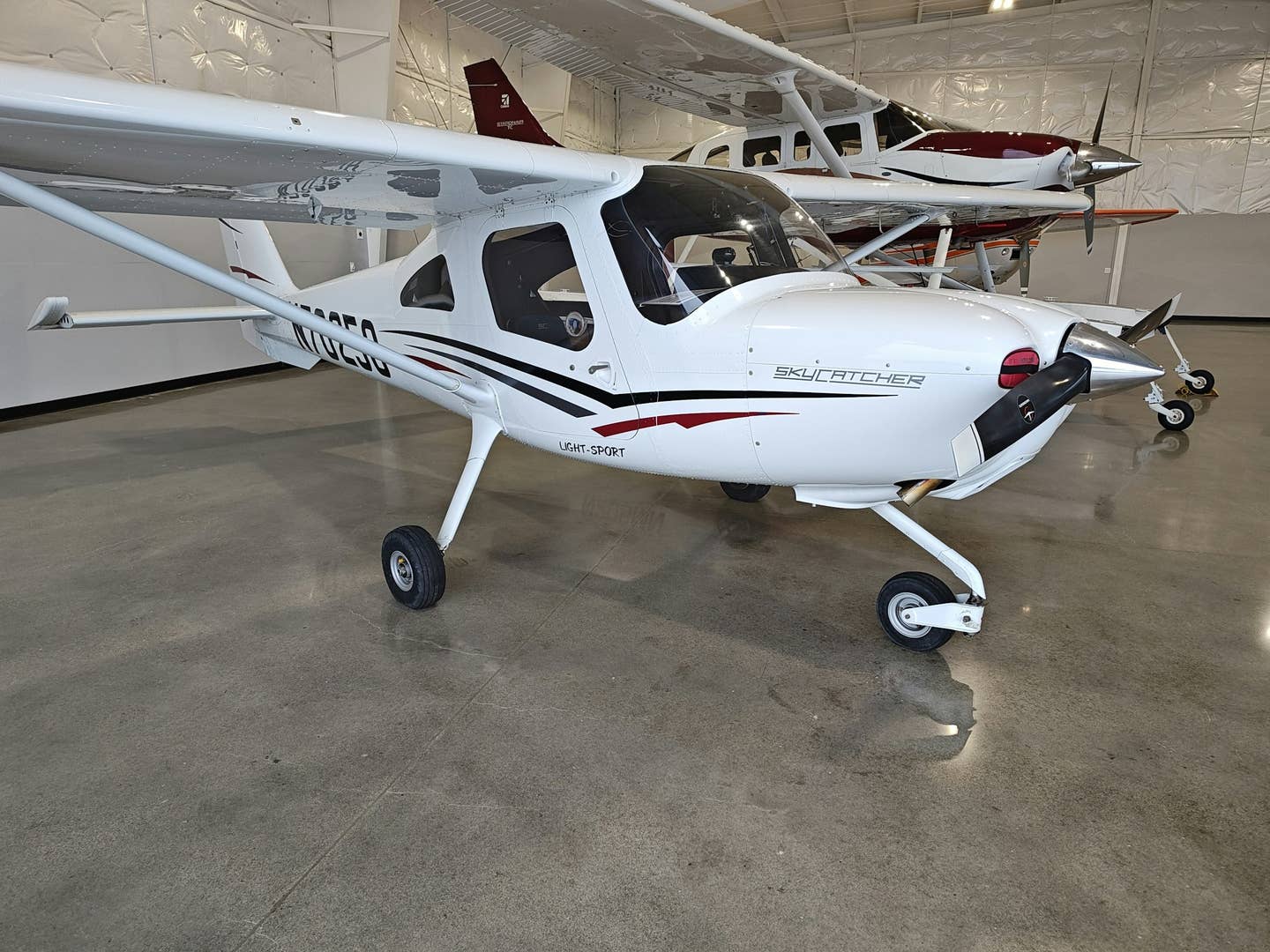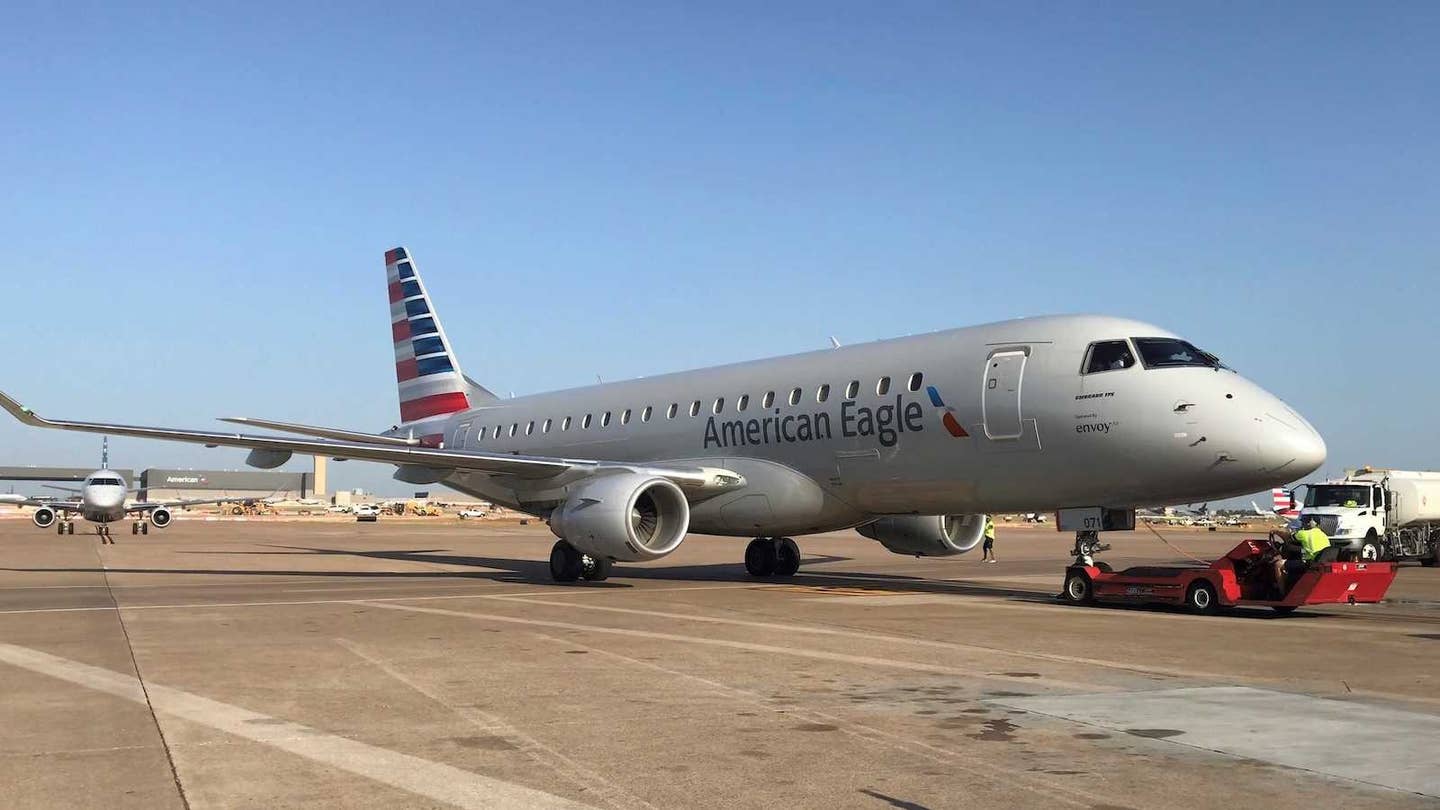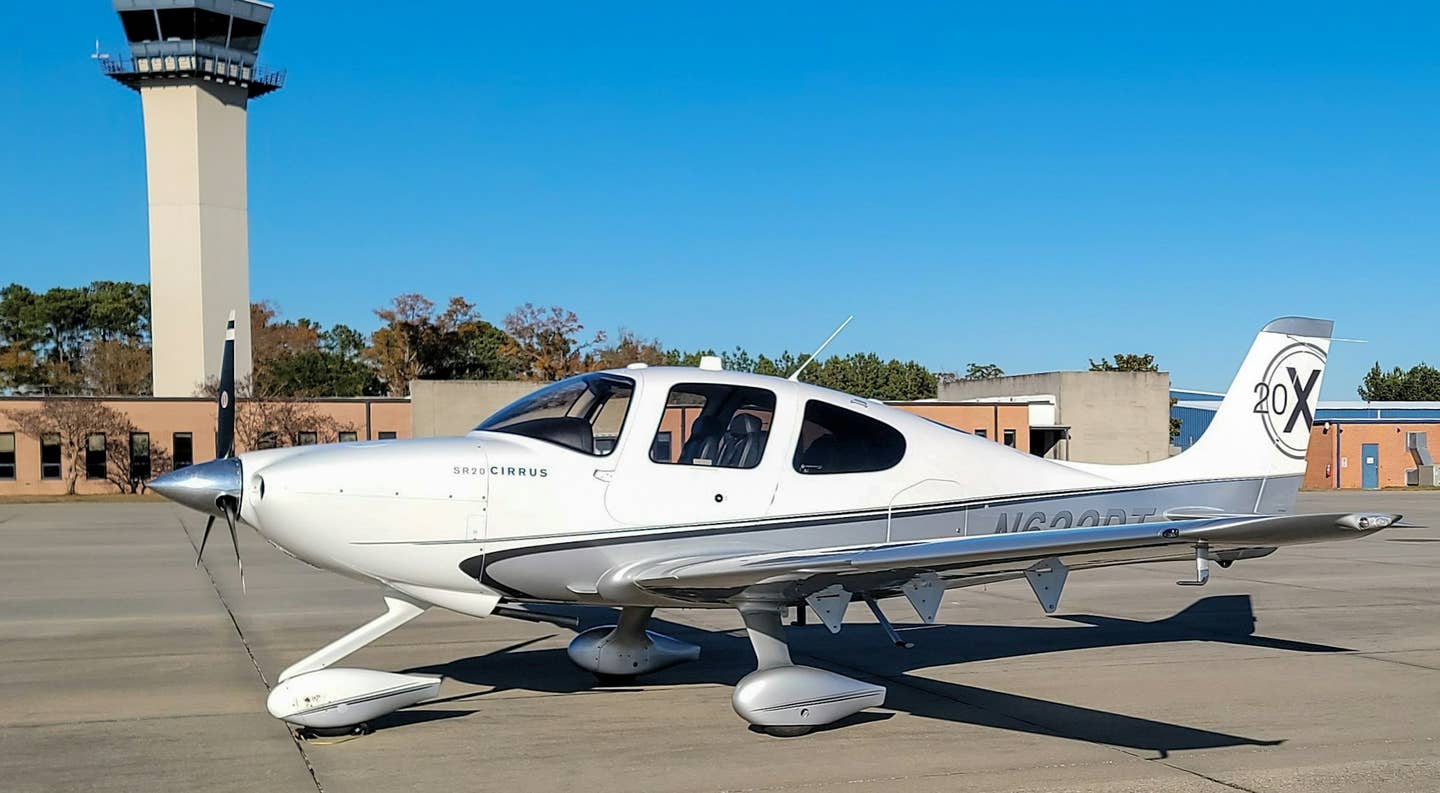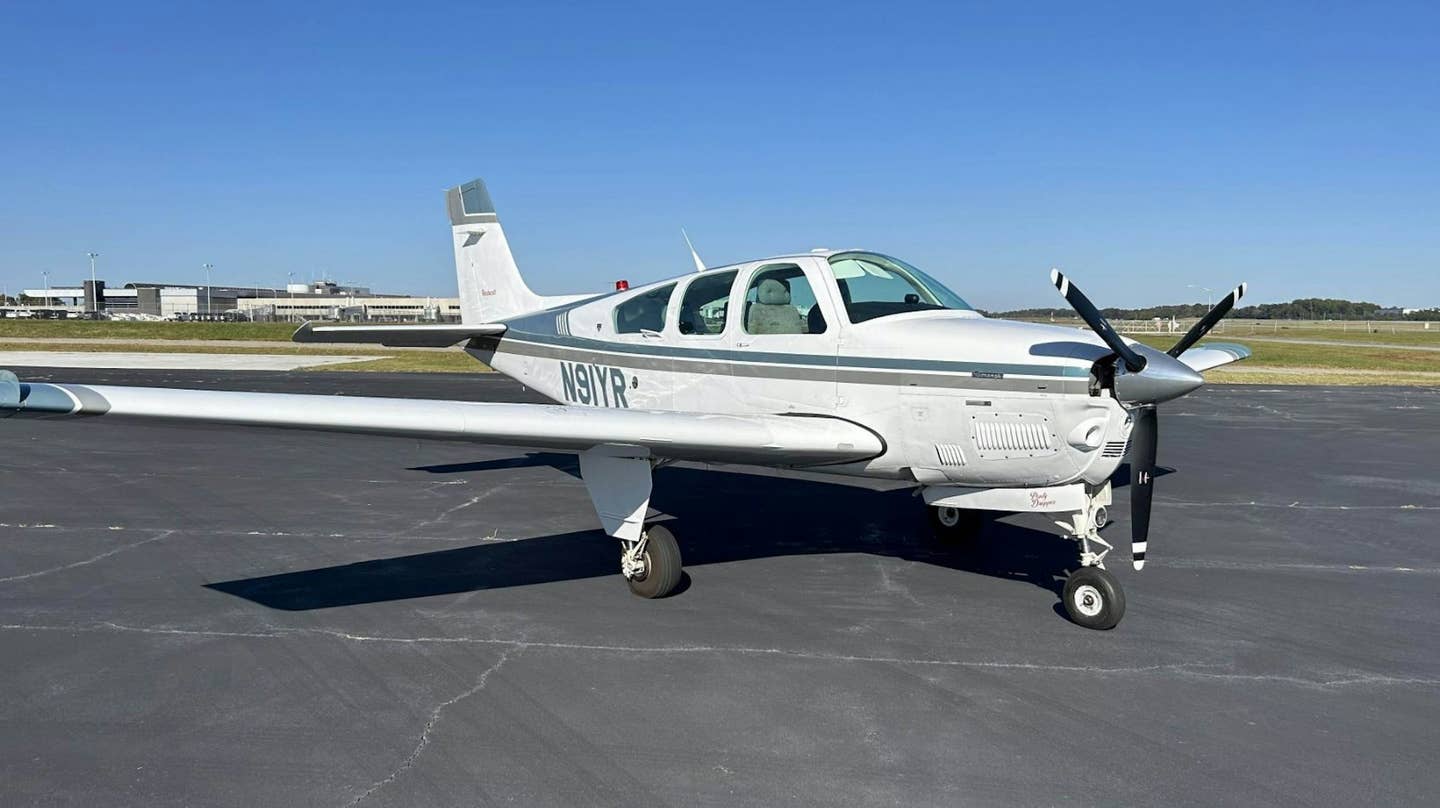
Seabird Seeker
The story feels more like the 1920s than the 1980s.
It's about an Australian pilot named Don Adams. After serving as an engine mechanic in the Royal Australian Air Force in the final years of World War II, he returned to his native Queensland and took up crop spraying, first using a de Havilland Tiger Moth biplane trainer. He eventually built up an FBO and a fleet of aircraft in Hervey Bay, on Australia's east coast.
Queensland then was still the Wild West — or Wild East actually, since everything below the equator is backwards — and Adams had a contract to deliver newspapers to remote communities. Like instrument-chart pioneer Elrey Jeppesen, he developed makeshift ADF approaches based on local radio stations, compass and clock. Soon he was being asked by businesses along his route to air-drop auto parts and small parcels. Many communities built airstrips after becoming addicted to the convenience of aerial delivery; or perhaps they were concerned that one day a transmission might fall through someone’s roof.
In 1969, the enterprising Adams landed a Cessna 182 on Lady Elliot Island, a tiny, treeless patch of coral and bird droppings — though most of the latter had been removed by guano miners during the 19th century — 50 miles off the coast north of Hervey Bay. He brought pick and shovel with him and dug out enough of an airstrip to get airborne again. Bringing over heavier equipment by boat, Adams graded a proper runway and established a small resort for birders and divers — the surrounding waters are unbelievably clear, and seabirds swarm to the island to roost. For eight years he flew day-trippers over to the 2,000-foot dot of land with picnic lunches prepared by his wife, Moya. Adams used a menagerie of aircraft for the service, including Britten-Norman Islanders, a Cessna 207 and even a de Havilland Drover, a nine-passenger oddity improbably powered by three 145 hp engines of four in-line cylinders each.
In the 1980s, Adams retired to his sailboat, Seabird Seven. After a while, however, he grew tired of relaxing and decided to do the exact opposite: He founded an airplane company. From there, through a winding and decades-long evolutionary road, the Seabird Seeker came into being.
The unusual beginning begat an unusual result. The Seeker, unlike most airplanes, is a side-by-side, two-seat, high-wing taildragger. Like the old Republic Seabee, it carries its engine high behind the cabin and its empennage on a boom passing below the pusher propeller. In a seaplane, this configuration keeps the prop away from the water; in the Seeker, however, it had a different purpose: to provide an unobstructed field of view through a completely transparent nose. Except for the absence of a collective, the Seeker’s cockpit says “helicopter,” with instruments clustered in a central pedestal and Plexiglas wrapping around overhead and below the pilot’s feet.
I first learned about the Seeker from Richard Reilly, an aeronautical engineer who worked 10 years ago with Don’s son, Peter Adams, on various modifications of the design. Reilly is particularly proud of the engine cooling. This is always a problem with pusher airplanes, since the engine is not in the propeller slipstream. The Sentinel, as the earlier version was called, was no exception; it would overheat just flying around the pattern. Replacing its underwing inlets with a long, sleek scoop and diffuser above the wing, Reilly and Adams managed to make the Seeker cool so well that two now serve with the Iraqi Air Force in ambient temperatures of 130 degrees.
I flew a Seeker in Albuquerque, New Mexico, with John Winship, a retired Alaskan bush pilot who is Seabird Aviation America’s demo pilot. His first question was whether I had tailwheel experience. I do, but you would never have known it. The Seeker sits quite low to the ground — though it seems high when you’re trying to climb in — and the sight of the pavement approaching at 60 knots just beneath my feet made me flare high repeatedly. The Seeker is no floater; and each time I cut the power and started to round out two or three feet too high, it simply settled out from under me. I managed only one semiacceptable landing; the others were humiliations to me, tests of Winship’s self-control, and demonstrations of the fortitude of the spring-steel landing gear.
With a little more practice, I suppose that I could have landed the Seeker as nicely as the next pilot; once planted, it rolls out straight with no tendency to groundloop. What I could not have done is fully stall or spin it. With drooped leading edges on its outer panels, the Seeker only half-stalls even with full up elevator. There is a good reason for this trait: In its role as a low-altitude observation platform, it is subjected to the kind of distracted piloting that can produce an inadvertent stall.
The drooped leading edges with their sharp break at midspan are one aerodynamic refinement that came to the design about 10 years ago. Another is the truncation of the flaps at the outer edge of the propeller disc, intended to provide sufficient space between wing and prop to “smear out” the wing wake and thereby reduce the interactions that produce noise and vibration. With very little fuselage side area behind the CG and strongly curved cabin sides, which tend to be destabilizing, the airplane must originally have been somewhat shy of directional stiffness. Small fins near the tips of the horizontal stabilizer and long strakes below the tail boom help supply whatever authority the vertical fin, immersed in a destabilizing propwash, lacks. Most unusual and ingenious, however — and a Don Adams suggestion — is a small vane pivoting on an arm beneath the cabin. Mechanically linked to the rudder, it acts like a yaw damper, counteracting any sideslip. Nevertheless, the Seeker’s Skyhawk-like surface-hinged ailerons still produce a fair amount of adverse yaw in feet-on-the-floor turns.
The 44-inch-wide cockpit is fairly spacious, with twin sticks and with the engine and flap controls on a low console between the two occupants. The doors consist of a large upper section and a smaller lower one; the upper, but not the lower, can be removed for flight. Getting aboard is a bit unusual; you swing one leg up into the cockpit, get one buttock on the edge of the seat, and then haul yourself aboard with a handgrip on the upper window frame. It’s not pretty, but it builds character.
On takeoff and climb the Seeker, though at a bit more than 1,300 pounds empty it is not a heavy airplane, was quite sluggish. Winship explained why. In Australia, low-compression pistons (for mogas compatibility) and a 2,500 rpm redline (for noise compliance) derate its 180 hp carbureted Lycoming to 160 hp. The airplane I flew had come to America with those limitations. Albuquerque’s 5,000-foot density altitude brought the power down still further, to 135 hp or so. The standard fixed-pitch prop doesn’t help. American versions — which will be assembled here, after being manufactured and flown in Australia, and will have a U.S. Normal-category type certificate — will use a bored 390-cubic-inch version of the Lycoming IO-360. Rated at 210 horsepower, the new engine will bring the power loading down to 10 pounds per horsepower and should add 600 fpm or so to the rate of climb across the board.
The reasoning behind the Seeker’s design is that many of the jobs performed by helicopters don’t actually require vertical landing and takeoff or stationary hover at altitude; they take place near airstrips or roads and can be performed more economically by an airplane with similar visibility and a low loiter speed. Many airplanes can fly low and slow, but they lack helicopters’ unimpeded forward visibility and the ability to mount sensors, cameras, searchlights and the like under the nose. What sets the Seeker apart is its physical similarity to a helicopter; equipment designed for helicopter use can be mounted on a Seeker without modification.
The bottom line is, of course, the bottom line. At a projected price of $350,000, the 210 hp, glass-cockpit version of the Seeker falls between the Robinson R-22 and R-44. It’s the operating costs that are different, starting with insurance and culminating in the helicopters’ major rebuild — $71,000 for the R-22, $123,000 for the R-44 — at 2,200 hours, an expense that the fixed-wing airplane escapes entirely. Over the long term, the Seeker’s operating costs, as laid out for me by Seabird America director David Boland, work out to half those of the R-22 and a third those of the R-44.
A niche design that has gone through several major revisions and had a lot of time to mature, the Seeker is that rare bird, an airplane that doesn’t look like all other airplanes. It makes a lot of sense to me; it will be interesting to see whether the pipeline-surveyors, reindeer-counters and border-patrollers of this world agree.

Sign-up for newsletters & special offers!
Get the latest FLYING stories & special offers delivered directly to your inbox

